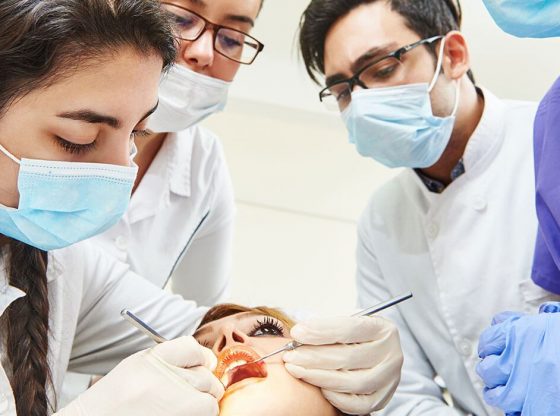Physiological measures of stress on teaching performance of oral surgery tutors.
Butson & Ng
The need for dental tutors to be equipped to manage stress is particularly germane within the dental profession. Since the 1930’s dentistry has been shown to be a high risk profession with levels of anxiety much greater compared with other professions (Sancho & Ruiz, 2010). This study aims to address this situation by building on the early work of Freeman, Main and Burke (1995) which outlined the importance of dentists learning to appraise how the working environment affects their stress level.
Aim and description of project
The aim of this pilot study is to trial the use of digital technologies (wearable devices) to explore the occurrence of stress in dental tutors over a series of teaching sessions in both the first and second semester of 2017. A wearable device will be used to capture physiological measures that will be converted to a measure of stress. This device also allows for the wearer to self-record perception of stress through activating a button on the top of the wristband. A small wearable camera will be used to capture continuous contextual data that will be mapped against the biometric stress measures in order to identify core stressors. Regular interactions with the participants will be incorporated as a feedback technique to ensure the results being generated are consistent with the tutor’s experiences.
Three tutors will be invited to wear a non-invasive wearable device (wristband) to monitor the four physiological dimensions needed to calculate the stress measure: (1) heart rate, (2) variation in electrical characteristics of the skin, (3) peripheral skin temperature and (4) movement (of the wrist, along X, Y and Z axes). Participants will also be asked to wear a small clip-on camera that takes a photo every 30 seconds. The purpose of this device is to add context to the data streams generated by the physiological data. The two data sets will be combined in order to map stressors with stress states. Informal discussions (feedback sessions) will be scheduled with the participants to gain feedback on their perceptions of the data being captured.
